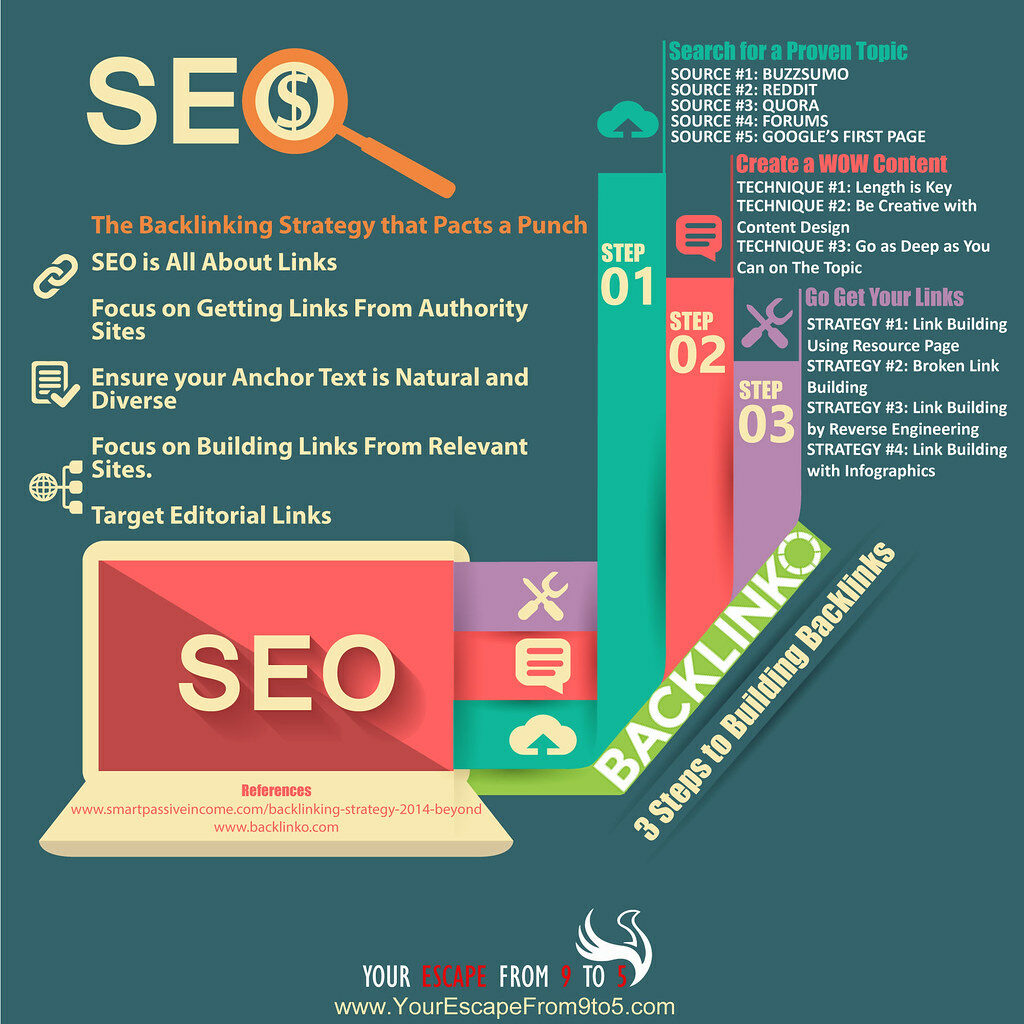In order to make your blog more search engine friendly, it is essential to have a lot of backlinks. You can get backlinks for your blog from social bookmarking sites, Forum posts, and Wiki links. Depending on how you decide to go about this process, you can use do-follow or no-follow links to your blog.
PageRank algorithm measures authority of backlinks
The PageRank algorithm is used by Google to evaluate the authority of web pages. It takes into consideration the quantity, quality, and relevance of links pointing to a web page. It then calculates a PageRank score for the page. The higher the number of links pointing to a page, the better the PageRank score.
The PageRank algorithm computes the PageRank score for each web page separately, and treats each search query as unique. The algorithm then assigns each website a relative PageRank score, on a scale of zero to ten.
The PageRank algorithm also considers the context of the inbound links. In addition, the referring and destination domain’s backlink profile is considered.
Anchor text ratio
It is hard to deny that anchor text is an important part of SEO. In fact, it is one of Google’s key signals of relevance. This is why you should pay attention to your backlink profile’s anchor text ratio.
You’ll want to know which types of anchors are the best. They can be topical, long-tail, or miscellaneous. A study published by SEMRush found a correlation between total number of anchor texts and Google ranking.

There are also many other factors. The proper distribution of your anchor text will look natural to Google. This will improve your keyword rankings, and in turn, help you earn targeted visitors.
Do-follow vs no-follow links
If you’re an SEO practitioner, you probably know how important it is to understand do-follow vs. no-follow links for blogs. But what are the differences? And what are the best practices for choosing between these two links?
The nofollow attribute is an HTML tag that tells search engines that the link does not count for calculating page rank. The nofollow tag was developed by Google in order to combat comment spam, and it is now used by other search engines as well.
If you’re not sure whether a particular link is a no-follow or a do-follow, there are a couple of ways to check. First, you can check the source of the link. This can be done through a browser or through a search engine. It is also possible to manually add a rel=”nofollow” attribute to an external link.
Wiki links
Wikipedia is one of the largest and most influential sites on the web. The website is a collaborative work of individuals from all over the world. The site is managed by the non-profit Wikimedia Foundation.
Wikipedia is known for its large volume of traffic and its ability to provide organic and inbound links. This can be useful to anyone looking to drive traffic to their website. It can also act as a strong endorsement for a brand.
Creating a Wikipedia page for your brand is a natural way to get a backlink. In addition to this, you can add your own content to the site to fill in the gaps.
Forum posts
If you want to gain backlinks for your blog, you should make sure to utilize forum posts. This is a relatively easy method of generating inbound links. However, you should be careful with how you use it, and you should also keep your forum participation relevant to your business.
In addition to gaining backlinks, forums can also help you learn about topics related to your business. If you participate in forums, you will be able to understand what people in your niche are searching for. In turn, you can provide helpful information, which can ultimately result in a higher ranking on search engines.
Syndicate your blog
Syndicating your blog for backlinks is a way to get your content seen by a larger audience. It is also an effective way to gain more credibility in your field. However, you need to take some precautions when doing so.
First, you need to have a clear strategy. You can use a tool such as SEMRush or BuzzSumo to analyze your backlinks and figure out which sites to target. Generally, your goal is to find a high-traffic, relevant site that is related to your business. You can then approach them, personally or through syndication networks.
Second, you need to make sure your original content is indexed properly. This means you need to ensure it has a canonical tag. These tags will let search engines know which URL is the master copy.








